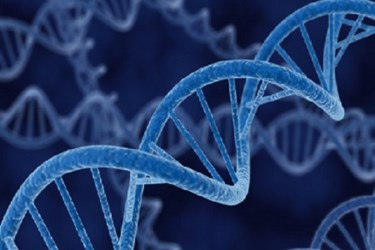Brand Owners Battle Counterfeiting With Plant DNA
By Isaac Fletcher, contributing writer, Food Online

Researchers have developed a method to use plant DNA to create unique forensic ID markers for use on products and packaging. This creates an additional level of security against counterfeiting and food fraud
As the high-growth business of food counterfeiting continues to undermine the equity of various products, brand protection is becoming a critical concern for brand owners. One of the methods used to counteract counterfeiting is the application of DNA marking and authentication. Plant DNA can be used to create a unique marking and authentication system that bolsters product and package security.
Guest Column: Food Fraud — It’s More Than Food Defense
The technology functions through the creation of unique forensic ID codes which can then be used to mark various packaging types and the products themselves. The DNA is built into an ink or varnish for use on packaging. Researches are exploring methods to integrate DNA into packaging closures, seals, and coatings. With the ability to mark both the product and the packaging, brand owners can improve security through all steps of the supply chain.
Since the codes are compatible with most substrates and packaging types, brand owners do not necessarily need to alter packaging to accommodate DNA protection. Additionally, most printing and manufacturing processes are already equipped to use forensic ID codes, so there is very little need for additional capital expenditure. The time to transition into use of DNA coding is typically around nine weeks as DNA markers are created and all logistics are addressed.
One example of forensic ID implementation is its use within the Japanese fishing industry. Here, the DNA markers are used to protect brand owners that deal in highly-valued fish. Branded foods that are preserved with traditional, labor-intensive methods are becoming very profitable in Asia, but the industry has recently fallen victim to widespread counterfeiting. These counterfeiters sell common foods disguised and marketed as high-value products from the strong brands, thereby destroying market balance and the real products’ reputations.
However, through the use of DNA ink to mark fish packaging, brand owners have regained some degree of security. With this method, foods can be instantly and accurately verified as being genuine at any part of the supply chain all the way up to the point of sale. Importantly, this DNA marking method does not alter foods, making it a safe, non-invasive option for brand owners that need to improve brand security.
